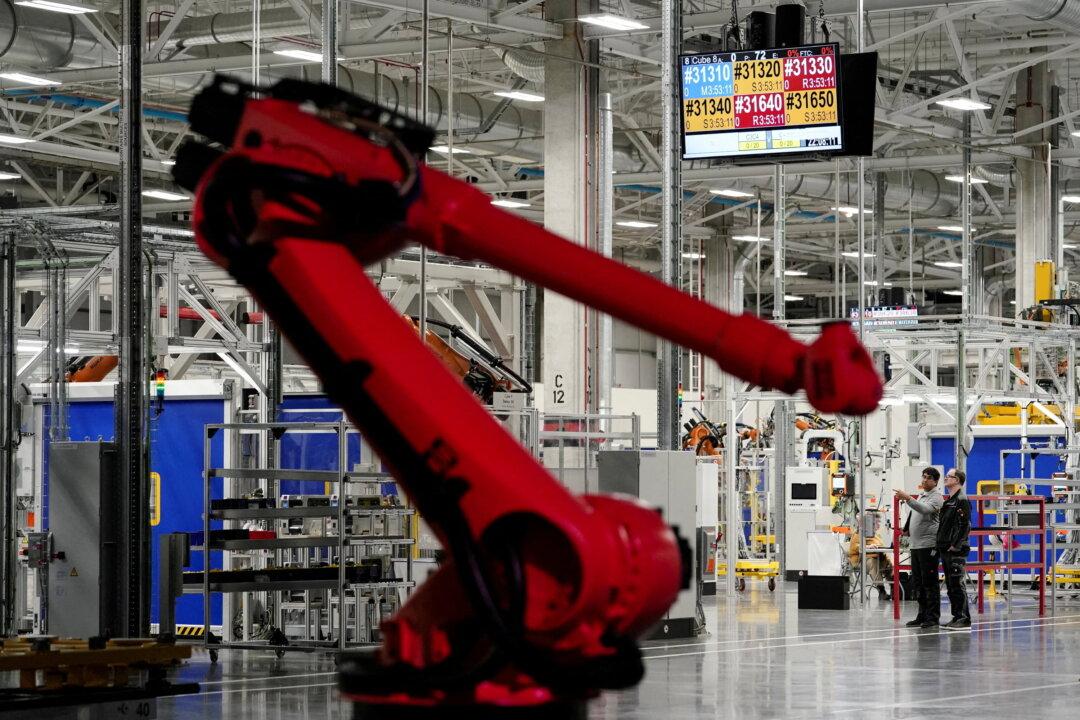U.S. manufacturing declined last month amid a loss of new orders, signaling troubling times for the sector, according to latest data from S&P Global.
The seasonally adjusted S&P Global U.S. Manufacturing Purchasing Managers Index (PMI) fell to 51.5 in August from 52.2 in July. This is the lowest level since July 2020, stated a news release on Sept. 1. “Barring the initial pandemic lockdown months, this is the steepest downturn in U.S. manufacturing seen since the global financial crisis in 2008–09,” Chris Williamson, chief business economist at S&P Global Market Intelligence, said in the release.





